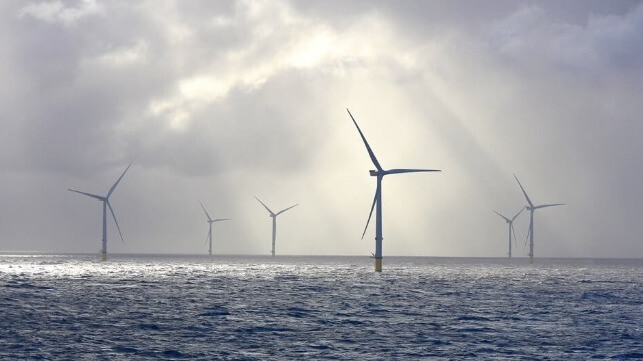Global Offshore Wind Capacity Reaches 75 GW

The world’s total offshore wind capacity has increased by 21 percent over the last 12 months, from 61.5 gigawatts (GW) a year ago to 75 GW, according to a new report by British energy trade group Renewable UK. China maintains a commanding lead with 36.76 GW, nearly half of the global total, followed by the UK with 14.7 GW of installed capacity. Germany is third with 8.3 GW, the Netherlands fourth with 3.7 GW and Denmark fifth with 2.7 GW.
The report estimates that global operational offshore wind capacity could reach 277GW by the end of 2030, a fourfold increase. With countries racing to achieve their net-zero emissions goal, wind energy is likely to play a critical role in this transition.
The global pipeline of projects at all stages of development (operational, under construction, consented, in planning or at an early stage of development) has plateaued this year, and it stands at 1,500 projects totaling 1231GW – barely up 0.2 percent compared to last year’s total. The industry has stopped its acceleration because of project delays, developers trimming their portfolios, and changes in methods of leasing and consenting projects around the world.
China has the largest pipeline of projects (227 GW), and the UK is second at 96 GW. The USA is third with 94 GW, Sweden fourth with 68 GW and Brazil capping the top five with 61 GW.
As the volume of new offshore wind installations is growing, especially in Europe, investments in grid infrastructure have become critical. In fact, grid integration is ranked as one of the most challenging issues the wind industry faces in both the short term (5 years) and long term (beyond 10 years).
As a result, the energy consultancy Rystad projects that the demand for offshore substations will become a huge market, especially in Europe. The substations are crucial in the offshore wind industry as they collect power generated by wind turbines and help in transmitting the power to shore.

that matters most
Get the latest maritime news delivered to your inbox daily.
Approximately 137 substations will be installed off continental Europe this decade, requiring $20 billion in total investment, according to Rystad. Over 120 of these facilities will be installed between 2024 and 2030, at a cost of around $18 billion.
Offshore substations are particularly beneficial for projects over 200 MW in capacity and located more than 10 miles from the shore, as they help minimize power transmission losses.
